Finland’s Teacher-Centric Approach vs. America’s Standardized Testing Culture
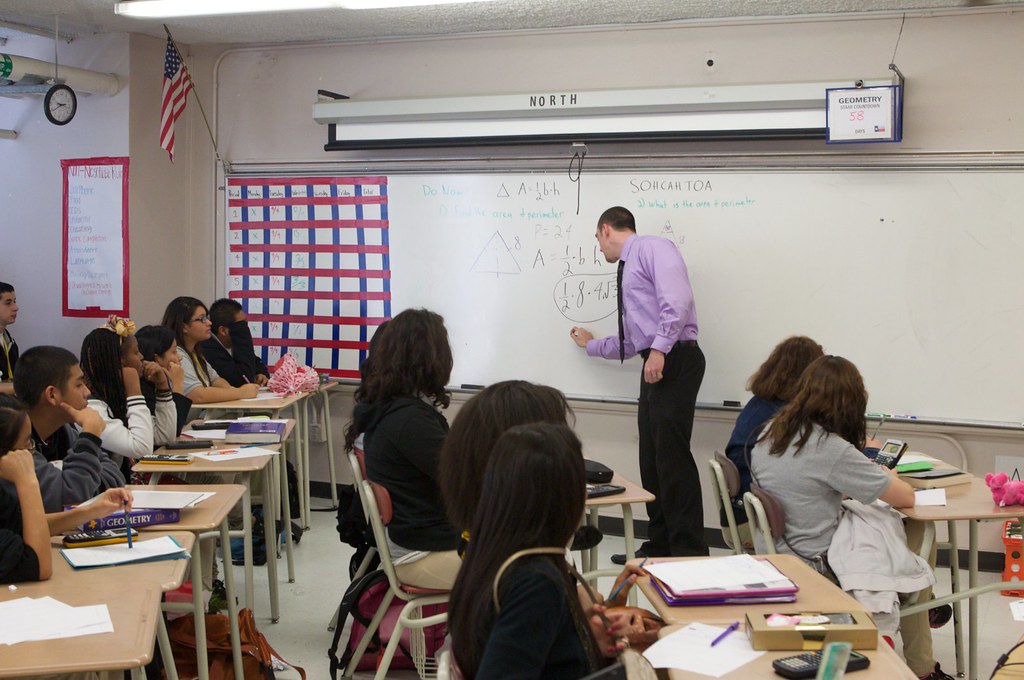
Finland consistently ranks among the world’s top education systems, yet their approach couldn’t be more different from America’s test-heavy culture. Finnish teachers undergo rigorous training with master’s degrees required for all positions, while only 40% of U.S. teachers hold graduate degrees according to 2024 National Education Association data. The Finnish system eliminates standardized testing until age 16, focusing instead on individualized learning and teacher autonomy. American students, by contrast, face state-mandated tests starting as early as third grade, with schools often narrowing curriculum to “teach to the test.” This fundamental difference shapes everything from classroom dynamics to student stress levels, creating vastly different educational experiences.
Singapore’s Rigorous Academic Standards Expose America’s Grade Inflation Problem
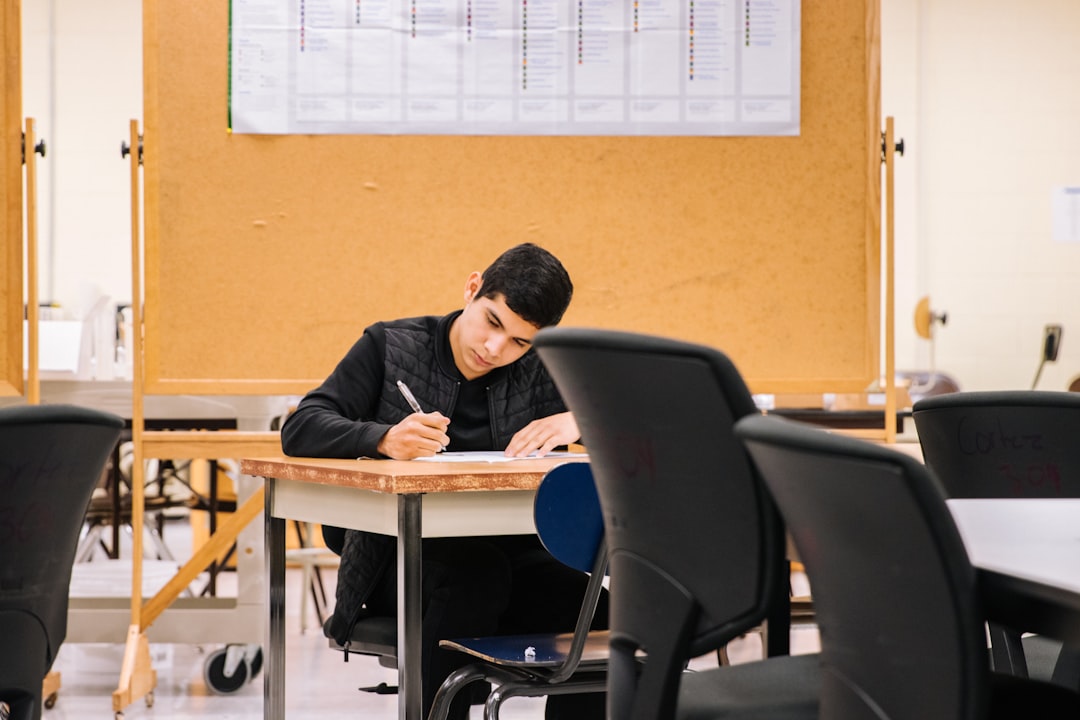
Singapore’s education system maintains some of the world’s most demanding academic standards, consistently producing top performers in international assessments. The Programme for International Student Assessment (PISA) 2022 results show Singapore ranking second globally in mathematics, while the U.S. placed 28th out of 37 developed nations. Singapore’s grading system remains notoriously strict, with failure rates that would shock American parents accustomed to participation trophies. Meanwhile, research from the Thomas B. Fordham Institute reveals that 40% of U.S. high school graduates require remedial courses in college, suggesting significant grade inflation. This stark contrast highlights how different expectations can dramatically impact student preparedness for higher education and careers.
Japan’s Holistic Character Development vs. America’s Academic-Only Focus

Japanese schools integrate character development into daily routines through practices like student-led cleaning periods and moral education classes. Students spend time each day maintaining their school environment, fostering responsibility and community pride that American schools rarely emphasize. The Japanese concept of “kyoiku” encompasses both academic learning and character formation, creating well-rounded citizens rather than just test-takers. U.S. schools have largely abandoned character education in favor of academic metrics, with only 11 states requiring character education curricula as of 2024. This philosophical difference produces students with vastly different values and social skills, impacting everything from workplace behavior to civic engagement.
South Korea’s Extended Learning Hours Challenge America’s Shorter School Days
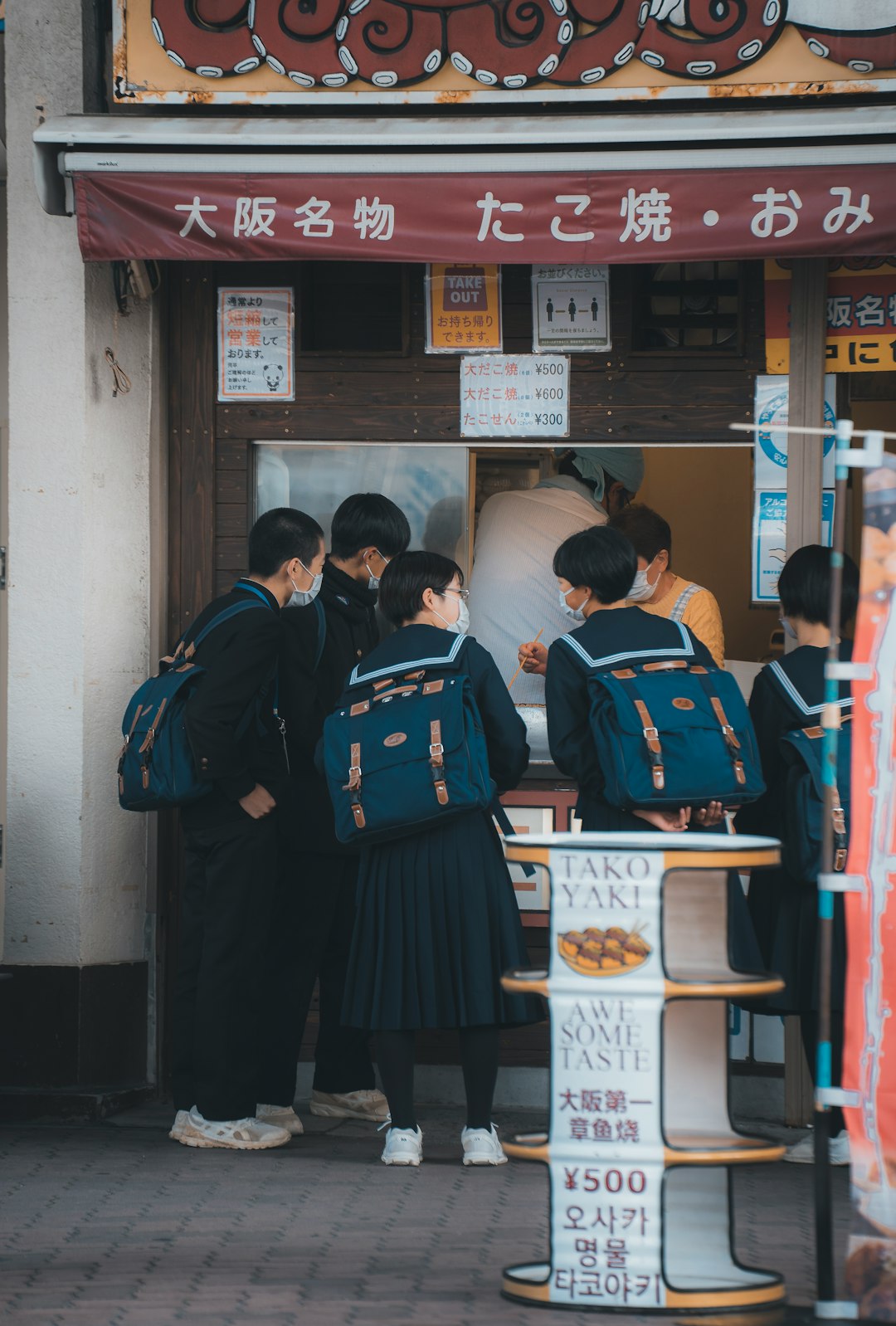
South Korean students spend significantly more time in educational settings, with many attending school until 10 PM through after-school programs called “hagwons.” The average Korean student dedicates 50-60 hours per week to education-related activities, compared to just 35 hours for American students according to OECD data from 2023. This intensive approach has propelled South Korea to third place globally in PISA reading scores, while the U.S. ranks 13th. However, this system comes with costs including high student stress levels and limited family time. American educators debate whether longer school days could improve outcomes, but cultural resistance to extended hours remains strong among parents and students alike.
Germany’s Vocational Track System vs. America’s College-for-All Mentality
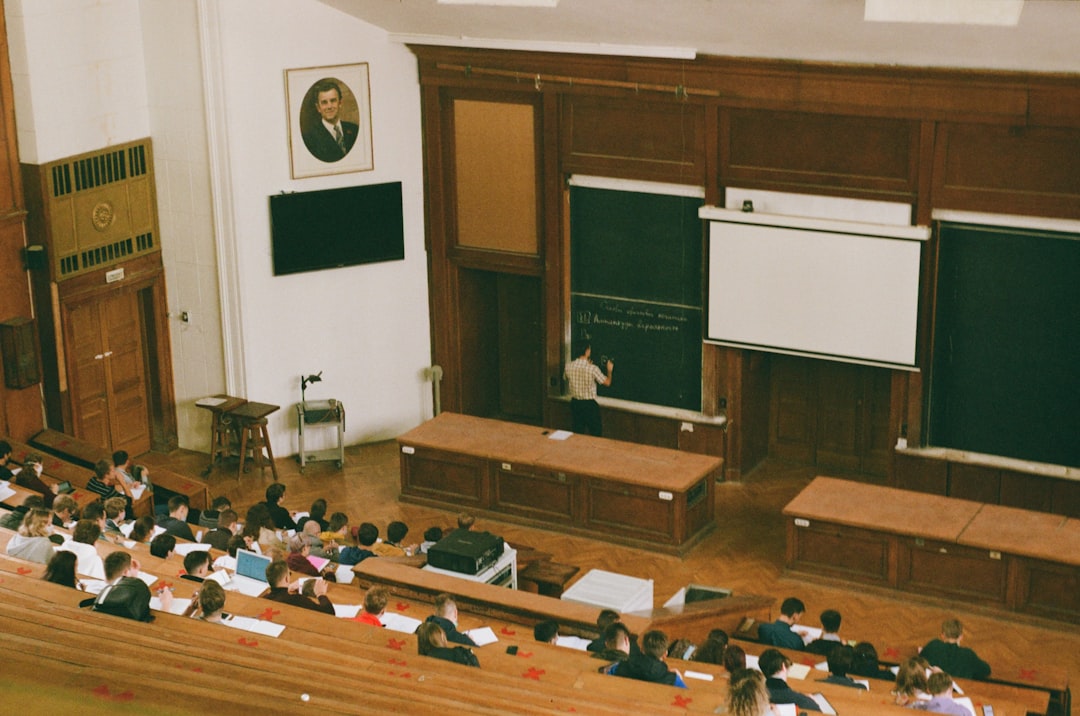
Germany’s dual education system channels students into either academic or vocational tracks starting around age 10, with 60% pursuing vocational training that combines classroom learning with hands-on apprenticeships. This approach produces skilled workers who earn competitive wages without college debt, contributing to Germany’s 3.1% unemployment rate as of 2024. The U.S. system pushes nearly all students toward four-year college preparation, despite Bureau of Labor Statistics projections showing that 65% of future jobs won’t require bachelor’s degrees. American students often graduate with significant debt for degrees that don’t match job market needs. Germany’s practical approach to matching education with economic reality offers a compelling alternative to America’s one-size-fits-all model.
Canada’s Decentralized Excellence Contrasts With America’s Inconsistent State Standards
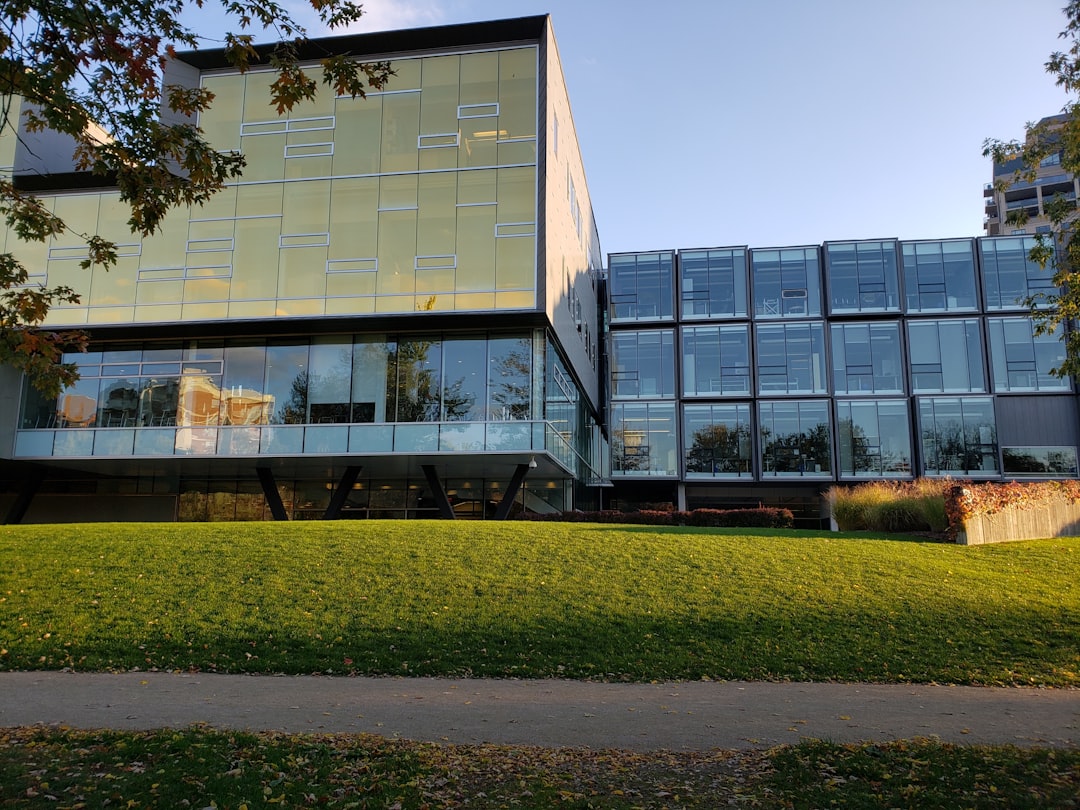
Canada achieves educational excellence through provincial control while maintaining consistent quality nationwide, ranking 7th globally in PISA assessments compared to America’s 13th place finish. Each Canadian province sets its own standards, yet somehow avoids the dramatic quality gaps that plague American education between different states. For example, Massachusetts students perform similarly to top international systems, while students in states like Alabama score closer to developing nations according to 2023 National Assessment of Educational Progress data. Canada’s success suggests that decentralization can work when coupled with strong accountability measures and adequate funding. The key difference lies in Canada’s commitment to equity across provinces, something American states struggle to achieve despite similar autonomy.
Australia’s Outdoor Education Requirements vs. America’s Indoor-Focused Curriculum
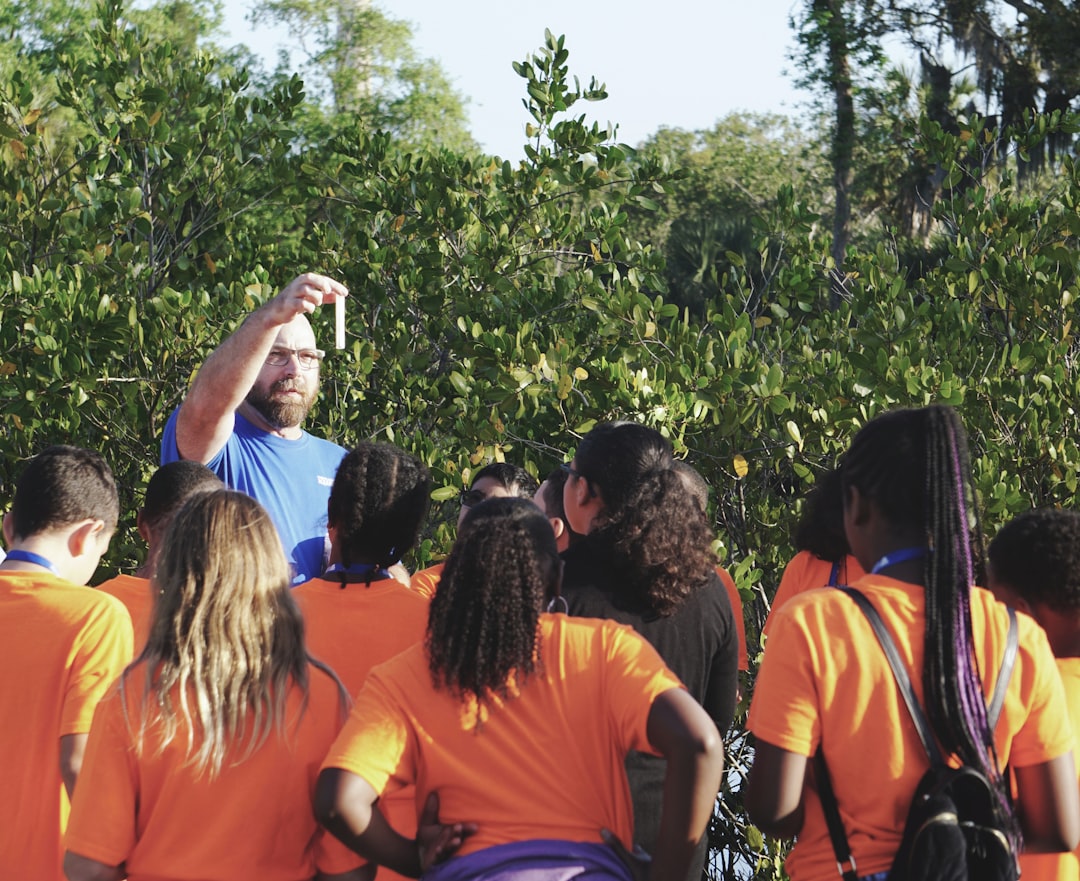
Australian schools mandate significant outdoor education time, with students spending up to 10% of their school year in nature-based learning environments. This approach recognizes the connection between physical activity, mental health, and academic performance, supported by research showing improved cognitive function among students with regular outdoor exposure. American students average just 27 minutes of recess daily according to 2024 CDC data, with many schools eliminating outdoor time entirely to focus on test preparation. Australian students demonstrate higher levels of environmental awareness and physical fitness compared to their American counterparts. The contrast highlights how different priorities in curriculum design can shape student development in unexpected ways.
Switzerland’s Multilingual Requirements Expose America’s Language Learning Gaps

Swiss students must learn at least two additional languages beyond their native tongue, with most mastering three or four languages by graduation. This multilingual education begins in elementary school and continues throughout their academic career, producing globally competitive graduates. American schools offer foreign language instruction to only 20% of elementary students, with most programs starting too late in middle or high school when language acquisition becomes more difficult. The 2024 American Council on the Teaching of Foreign Languages report shows that only 15% of American high school graduates achieve functional proficiency in a second language. Switzerland’s approach recognizes that multilingual skills are essential for global competitiveness, while America’s monolingual bias limits students’ future opportunities.
Netherlands’ Student-Centered Learning vs. America’s Teacher-Directed Instruction
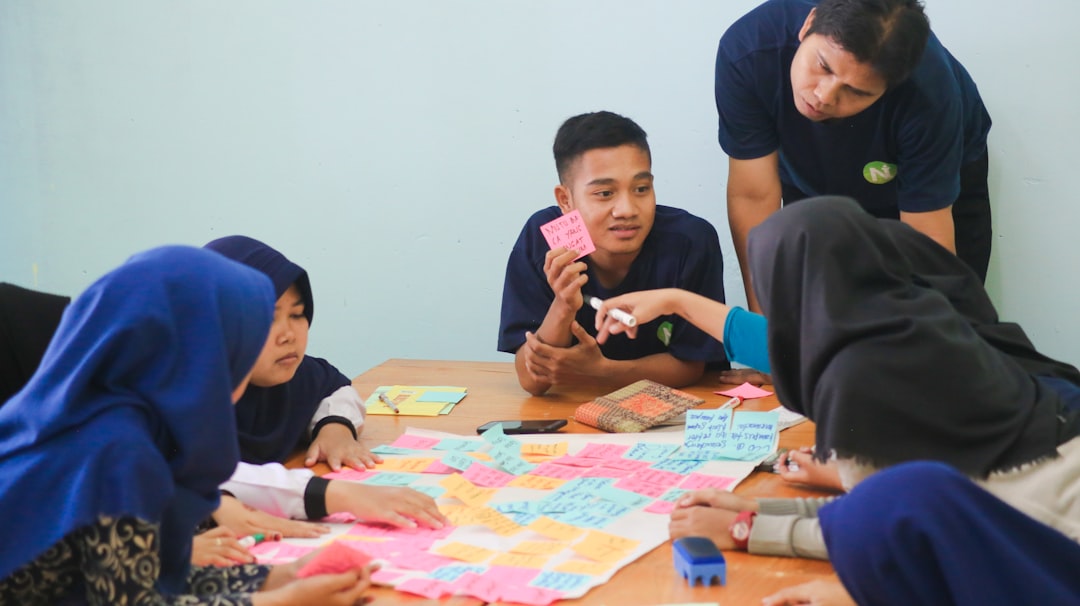
Dutch schools emphasize student agency and self-directed learning, with children as young as 10 helping to plan their own curricula and set learning goals. This approach fosters critical thinking and intrinsic motivation, skills that serve students well in higher education and careers. American classrooms typically follow teacher-directed instruction models where students passively receive information, with limited opportunities for independent exploration. Research from the University of Amsterdam shows that student-centered approaches improve long-term retention and problem-solving abilities. The Netherlands’ PISA scores consistently outperform the U.S. across all subjects, suggesting that trusting students with more responsibility for their learning yields better academic outcomes.
France’s Rigorous Academic Progression vs. America’s Social Promotion Policies

French schools maintain strict academic standards with students required to demonstrate mastery before advancing to the next level, resulting in meaningful grade retention when necessary. Approximately 15% of French students repeat at least one grade, ensuring solid foundation skills before moving forward. American schools practice “social promotion,” advancing students based on age rather than academic achievement, with grade retention rates below 3% in most districts. This difference creates significant gaps in student preparation, with French students demonstrating stronger foundational skills in international assessments. The French system’s rigor may seem harsh, but it ensures that students aren’t pushed beyond their current ability level, ultimately serving their long-term educational interests better than America’s feel-good approach.
Norway’s Inclusive Special Education vs. America’s Segregated Approach
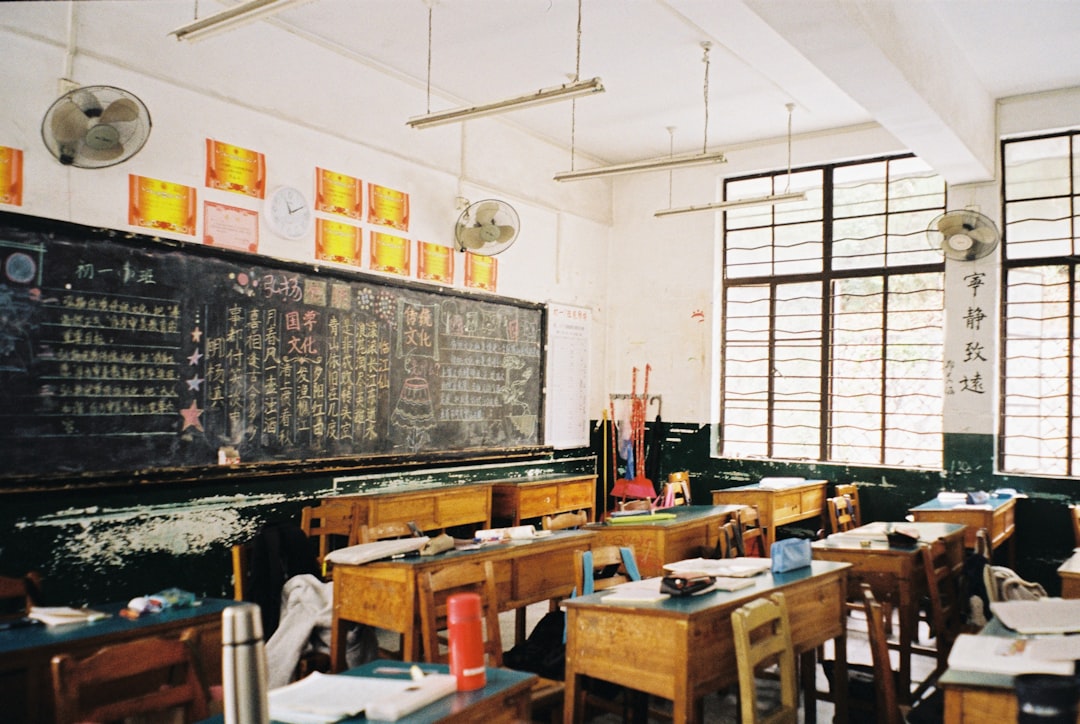
Norwegian schools integrate special needs students into regular classrooms with extensive support systems, achieving inclusion rates above 95% compared to America’s 63% according to 2024 UNICEF data. This inclusive approach benefits all students by fostering empathy and understanding while providing specialized support within mainstream settings. American schools still rely heavily on separate special education classrooms and pull-out programs that can stigmatize students with disabilities. Norwegian teachers receive extensive training in differentiated instruction and behavior management, enabling them to serve diverse learners effectively. The results speak for themselves: Norwegian students with disabilities show better academic and social outcomes compared to their American counterparts, while typically developing students also benefit from the collaborative, supportive classroom environment.
Estonia’s Digital Innovation vs. America’s Technology Integration Struggles
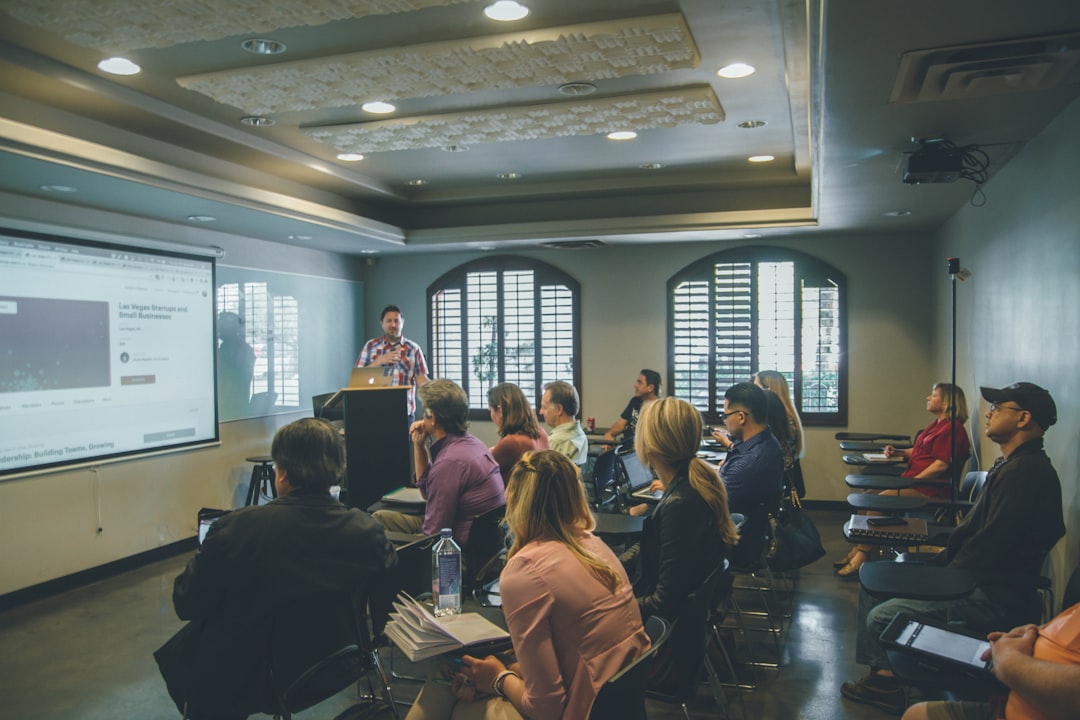
Estonia leads the world in educational technology integration, with 100% of schools connected to high-speed internet and mandatory programming education starting in first grade. Estonian students learn coding alongside traditional subjects, preparing them for a digital economy while maintaining strong performance in core academics. American schools struggle with inconsistent technology access, with rural and low-income districts often lacking basic infrastructure for digital learning. The COVID-19 pandemic exposed these gaps dramatically, with millions of American students unable to participate in remote learning due to lack of devices or internet access. Estonia’s proactive approach to digital literacy has produced a generation of tech-savvy students who excel in both traditional academics and 21st-century skills, while America continues to play catch-up in the digital divide.
The Funding Reality Behind Educational Excellence
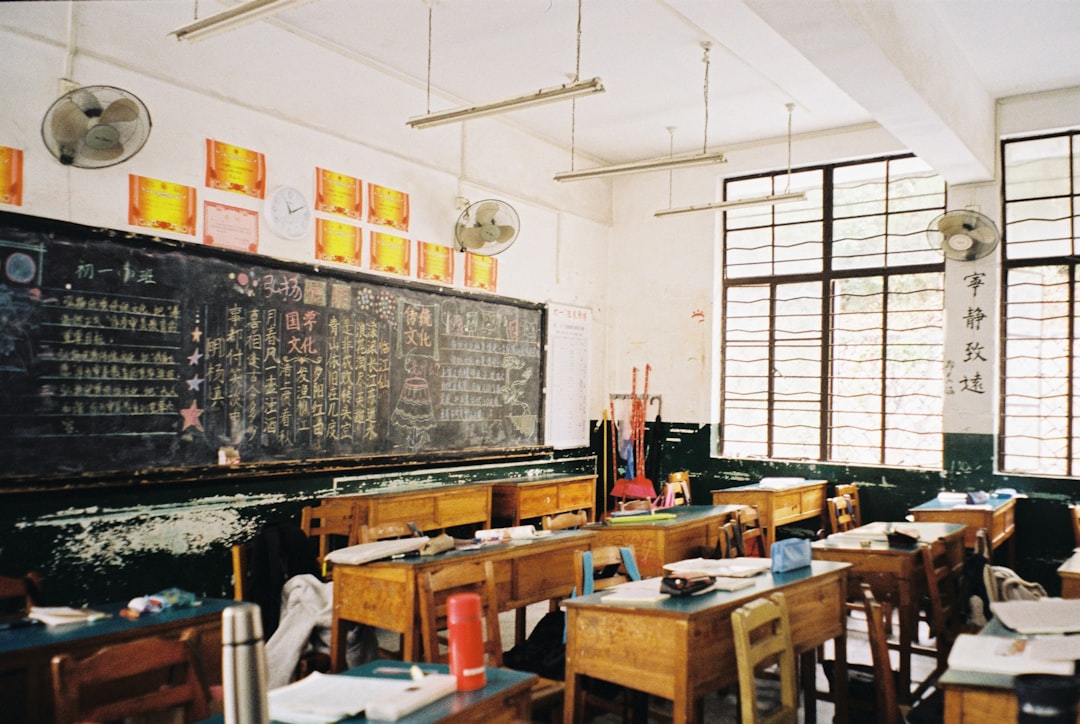
The world’s best-performing education systems invest substantially more per student than the United States, with countries like Luxembourg spending $23,000 per student annually compared to America’s $13,000 according to OECD 2024 data. These top-performing nations also ensure equitable funding distribution, unlike America’s system where wealthy districts can spend three times more per student than poor districts. Finland, Singapore, and other high-achievers prioritize teacher salaries, with educators earning wages comparable to other professionals requiring similar education levels. American teacher pay has stagnated for decades, contributing to severe staffing shortages and high turnover rates. The correlation between adequate funding and educational outcomes isn’t coincidental – it reflects the reality that quality education requires substantial, sustained investment in human resources and infrastructure.
Conclusion: What America Can Learn From Global Leaders

The evidence from top-performing education systems worldwide reveals that America’s approach to public education needs fundamental reforms rather than incremental tweaks. Countries like Finland, Singapore, and Germany succeed through different methods, but they share common elements: respect for teachers, adequate funding, and clear alignment between education goals and societal needs. American schools can’t simply copy these systems wholesale, but they can adopt proven principles like reducing standardized testing, investing in teacher preparation, and creating more diverse pathways to success. The question isn’t whether America can improve its education system, but whether it has the political will to make necessary changes. What will it take for American leaders to prioritize long-term educational excellence over short-term political gains?




